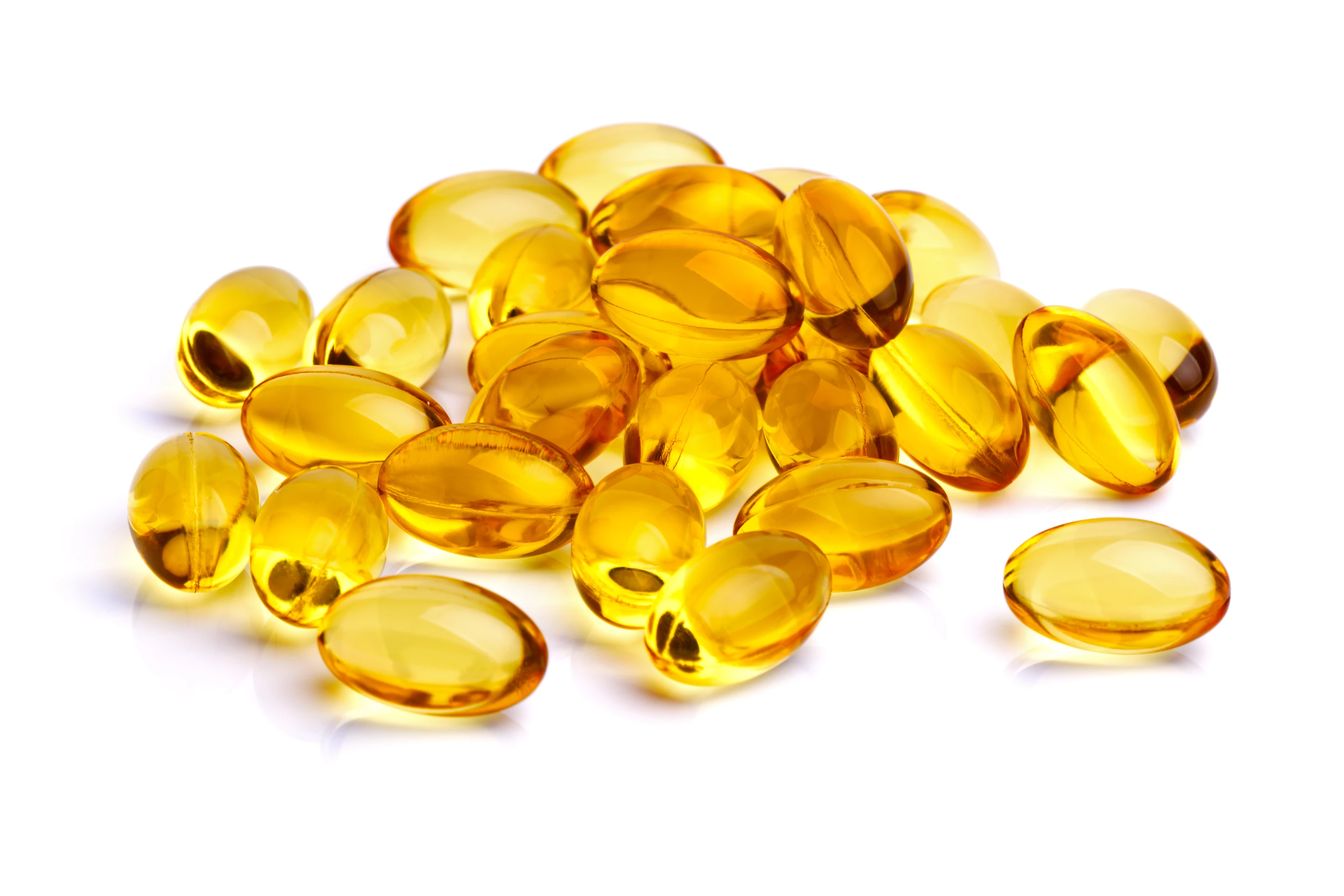If you want pharmaceuticals to be cheap and plentiful, then you need a fast and inexpensive way of making them. With this in mind, Canadian scientists are developing a system that encapsulates liquid medication more speedily than ever before.
Ordinarily, when manufacturing capsules that contain a liquid, companies often use machines that wrap drops of the solution within a thin gel sheet. Led by PhD student Sirshendu Misra, a team at the University of Waterloo set out to create an alternative method that's capable of producing more capsules with less work.
The resulting prototype system involves letting drops of medication fall into a container of a base liquid (such as deionized water), on the surface of which a layer of another "shell" liquid is floating. As a drop passes through that surface layer, the shell liquid wraps around it, forming a medication-filled sphere.

That sphere sinks to the bottom of the base liquid, and is subsequently retrieved – its shell is then hardened via exposure to ultraviolet light. As with those of existing capsules, that shell dissolves after the capsule has been ingested. And as an added bonus, capsules can be coated in multiple layers for added strength and durability, plus the system offers more flexibility than current techniques in terms of drop volume and shell materials.
"It is a very simple technique that requires almost no energy – and it is extremely rapid," says Prof. Sushanta Mitra, executive director of the university's Waterloo Institute for Nanotechnology. "Encapsulation takes place in milliseconds […] We envision a very simple, rapid, mass-production system using syringes. With a one-shot approach, you could produce thousands of these encapsulations."
A paper on the research was recently published in the Journal of Colloid and Interface Science.
Source: University of Waterloo




